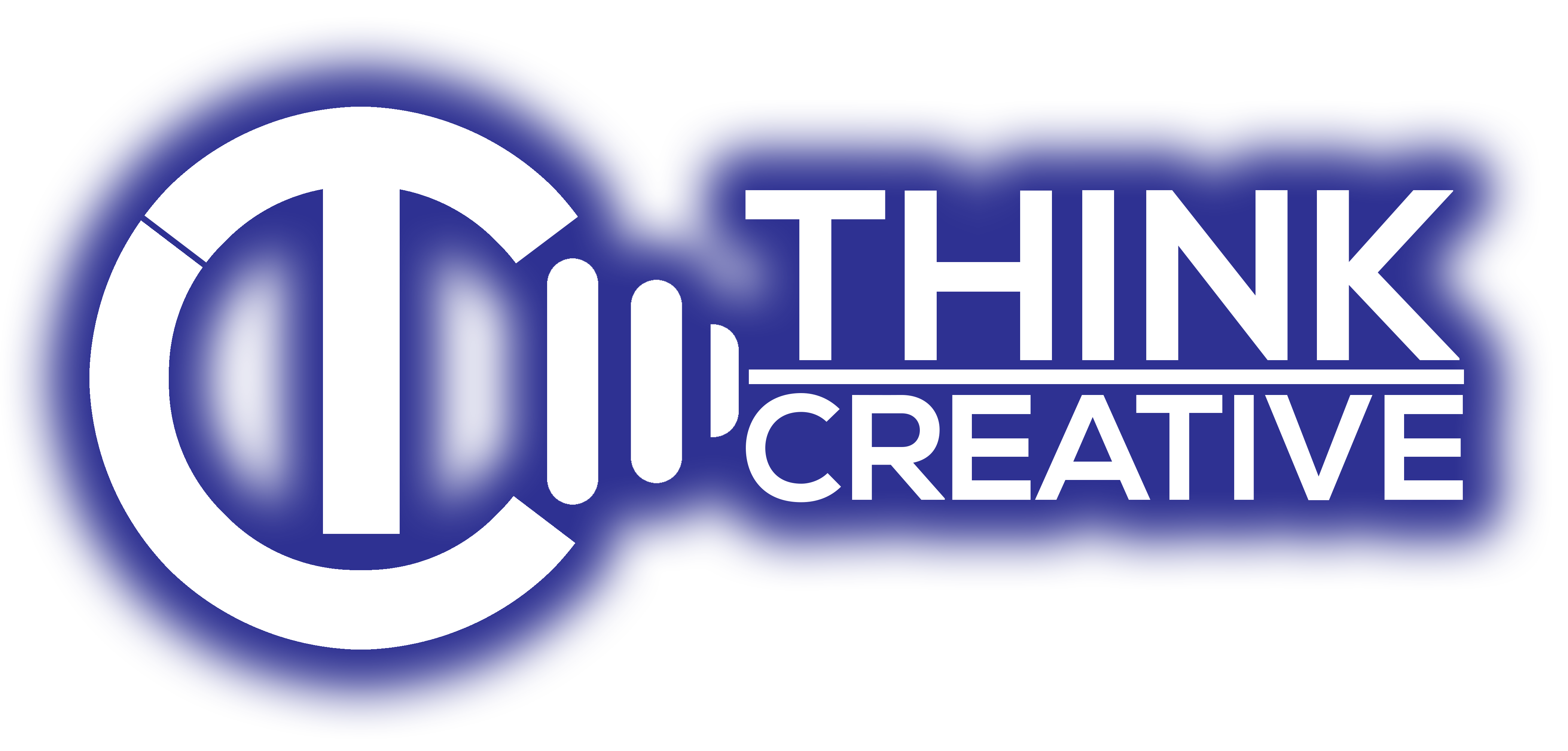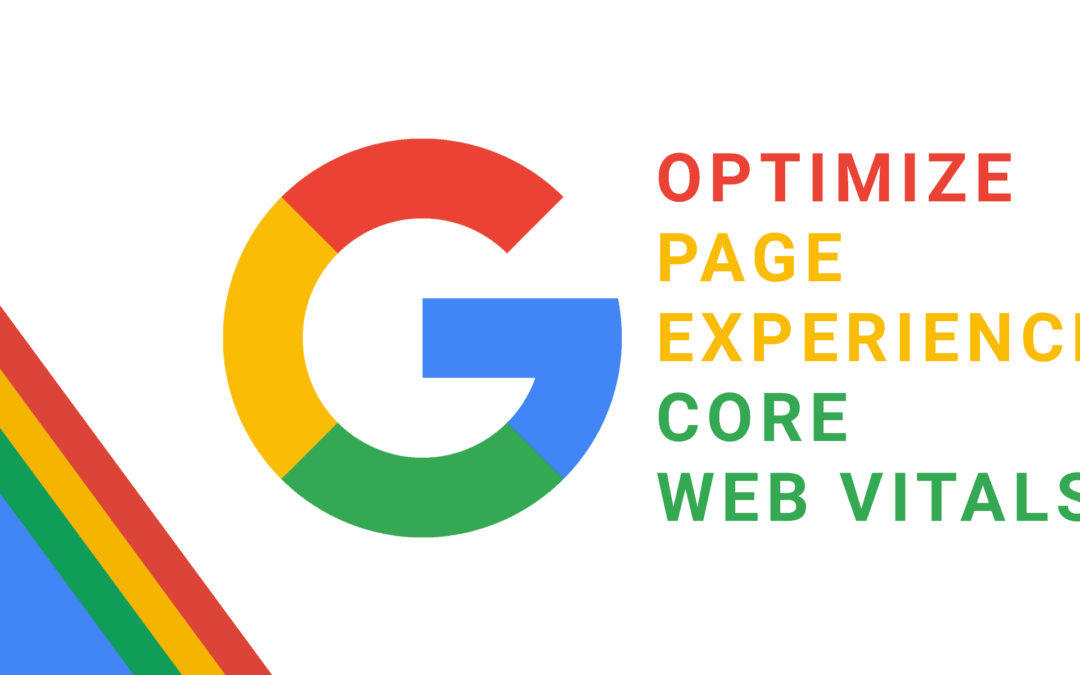As a content writer with a decade of experience, I’ve witnessed numerous shifts in the SEO landscape. One of the most significant changes in recent years has been Google’s introduction of Core Web Vitals as a ranking factor. This move underscores the increasing importance of user experience in SEO. In this blog, we’ll delve into what Core Web Vitals are, their impact onSEO rankings, and how you can optimize your website to meet these new standards.
Understanding Core Web Vitals
Core Web Vitals are a set of metrics designed to measure the speed, responsiveness, and visual stability of a webpage. They are part of Google’s Web Vitals initiative, aimed at providing unified guidance for quality signals essential to delivering a great user experience on the web. The three Core Web Vitals are:
- Largest Contentful Paint (LCP): Measures loading performance. A good LCP score is when the main content of a page loads within 2.5 seconds from when the page first starts loading.
- First Input Delay (FID): Measures interactivity. A good FID score is when a page responds to the user’s first interaction within 100 milliseconds.
- Cumulative Layout Shift (CLS): Measures visual stability. A good CLS score is when the amount of unexpected layout shift during the entire lifespan of the page is less than 0.1.
Impact on SEO Rankings
Google officially incorporated Core Web Vitals into its ranking algorithm in June 2021. This means that websites offering a superior user experience, as measured by these metrics, are more likely to rank higher in search results. The rationale behind this is simple: Google wants to ensure that users not only find the most relevant content but also have a pleasant and smooth experience accessing it.
Optimizing for Core Web Vitals
Improving your website’s Core Web Vitals scores requires a multifaceted approach. Here are some strategies to consider:
1. Optimize Images and Media
Large images and media files can significantly slow down your LCP. Optimize your images by compressing them without losing quality, using modern formats like WebP, and implementing lazy loading for off-screen images.
2. Minimize JavaScript and CSS
Excessive JavaScript and CSS can delay FID. Minimize, compress, and defer non-critical JavaScript and CSS files to ensure that users can interact with your page as quickly as possible.
3. Address Layout Shifts
To improve CLS, ensure that images and other content have specified dimensions to prevent layout shifts. Avoid inserting content above existing content unless it’s in response to a user interaction.
4. Utilize Caching and Content Delivery Networks (CDNs)
Implement caching and use CDNs to serve static content from locations closer to your users. This can significantly reduce loading times and improve LCP.
5. Regularly Monitor and Test
Use tools like Google’s PageSpeed Insights, Lighthouse, and Search Console’s Core Web Vitals report to monitor your site’s performance and identify areas for improvement.
Conclusion
The inclusion of Core Web Vitals in Google’s ranking algorithm marks a significant shift towards prioritizing user experience in SEO. As a seasoned content writer, I understand the importance of staying ahead in the SEO game. By focusing on optimizing your website’s Core Web Vitals, you not only improve your chances of ranking higher but also provide a better experience for your visitors, leading to increased engagement and conversions. Keep monitoring, testing, and optimizing to stay competitive in this ever-evolving digital landscape.


Recent Comments